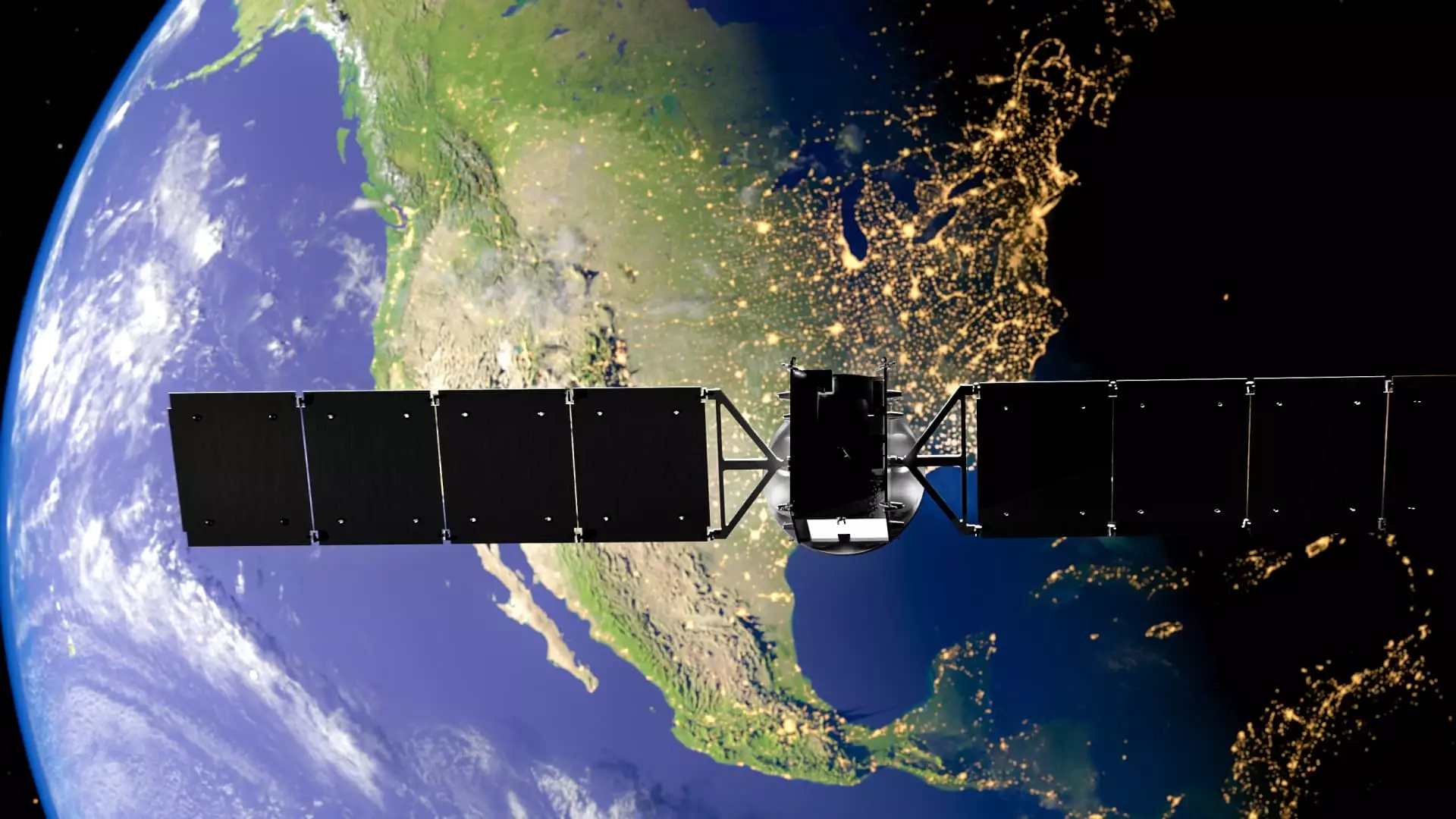Nearly half a century ago, the United States Air Force launched the Global Positioning System (GPS), an innovation that has since evolved into a cornerstone of modern society. Its significance is not solely confined to military operations; GPS has permeated various sectors, shaping how economic activity occurs on a global scale. An analysis from the Department of Commerce indicates that GPS has generated an impressive economic benefit exceeding $1.4 trillion. Yet, the stakes are high, as a potential outage could inflict an economic blow of approximately $1 billion for each day without navigational capabilities. This staggering figure triggers deeper concerns among Pentagon officials who view such estimates as conservative in light of burgeoning technological dependencies.
Central to this ongoing navigation revolution is the Space Force’s endeavor to fortify GPS through the Resilient Global Positioning System (R-GPS) initiative. Valued at around $2 billion, this ambitious project aspires to create a robust backup infrastructure, securing the integrity of positioning, navigation, and timing (PNT) services essential for military and civilian operations alike. As Lt. Col. Justin Deifel articulates, the seamless functioning of GPS has become as vital as basic utilities like water and electricity, signifying its integral role in daily life—from stock trading to agriculture.
The existing constellation of GPS satellites—currently numbering 31—stands not merely as physical entities in orbit but as vital lifelines for both everyday functions and national security objectives. However, looming threats from adversaries such as Russia and China have escalated the urgency to more aggressively protect this infrastructure. This potential vulnerability serves as a catalyst for the U.S. Space Force’s goal of establishing an alternative R-GPS network, signaling a strategic shift towards prioritizing redundancy in navigational capabilities.
To realize this vision, the Space Force is increasingly collaborating with private sector partners from the commercial space industry. This partnership aims not only to leverage innovative technologies but also to speed up development timelines significantly. Recently, four companies—Astranis, Axient, L3 Harris, and Sierra Space—received initial contracts to design concepts for the R-GPS initiative.
Startup firm Astranis has emerged in the spotlight, following its launch of the “MicroGEO” spacecraft last year. The company views the R-GPS program as an opportunity to transition from a focus on satellite internet into the expanding landscape of PNT services. Astranis’ CEO, John Gedmark, notes a significant push from the Department of Defense towards optimizing higher orbital frameworks, highlighting the government’s need for innovative satellite solutions.
A particularly noteworthy aspect of Astranis’ contribution is its new Nexus product line of PNT satellites. These satellites utilize a framework similar to that of their broadband counterparts, thereby emphasizing efficiency in design and operation while broadening the aperture of functional capabilities. Furthermore, R-GPS satellites are intended to operate in medium Earth orbit, paralleling the existing GPS network.
Astranis’ ambition is palpable: Gedmark identifies R-GPS not just as a military requirement but as a multi-billion dollar market opportunity, with plans for a full constellation of satellites to bolster reliability and performance.
The establishment of the R-GPS program illustrates a departure from conventional bureaucratic slow processes synonymous with defense projects. Thanks to an agile Pentagon funding initiative termed “Quick Start,” the program has progressed swiftly—from initial approvals to contract awards—an unusual feat in the typically protracted realm of government space initiatives. Gedmark lauds the accelerated timeline as “unprecedented,” noting that the Department of Defense has not historically accelerated programs to this degree.
With a total of $40 million allocated to design studies for prospective contractors, the companies involved now enter an “eight-month phase zero” period of preparation. Estimates suggest the forthcoming investment will range from $1.2 billion to $1.9 billion for the construction of 24 satellites over five to six years.
While challenges persist, such as the malfunction of Astranis’ first satellite due to a third-party issue, Gedmark remains optimistic, pivoting on the company’s experience in orbit as a nod toward future success in the R-GPS initiative. The company’s commitment to innovation in satellite technology positions it—and the broader initiative—at the nexus of the evolving navigation landscape.
As the countdown to the initial R-GPS satellites continues, the implications extend beyond military and economic security. The execution of this initiative could redefine the way we perceive and interact with navigational systems worldwide, emphasizing resilience amid geostrategic tensions. Policymakers, private enterprises, and citizens alike must be prepared for the significant transformations ahead, as the quest for enhanced navigation security unfolds.

